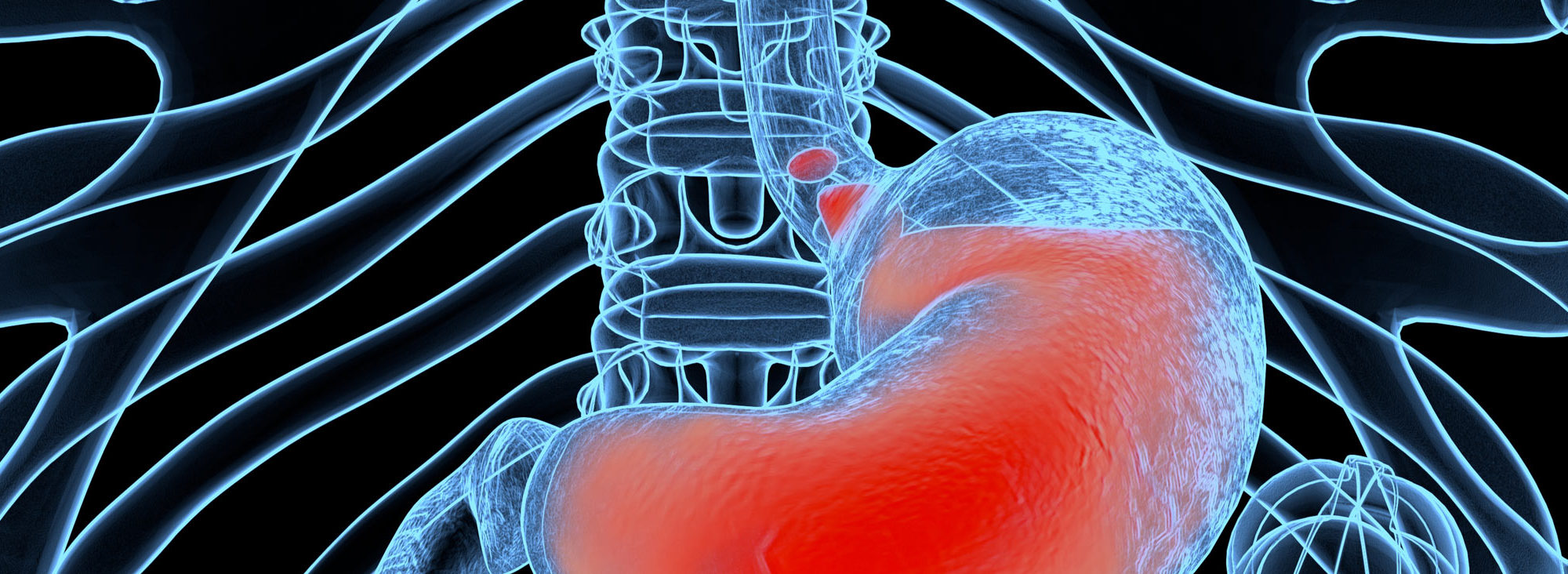Gastroesophageal reflux disease (GERD) can cause Barrett’s esophagus, a change in the lining of the esophagus that predisposes to a type of cancer called esophageal adenocarcinoma. It is thought that the reflux of strong acid and bile salts from the stomach into the esophagus contributes to the development of this cancer. In an attempt to prevent esophageal adenocarcinoma, physicians prescribe proton pump inhibitors (PPIs) for patients with Barrett’s esophagus. These PPIs reduce the amount of acid produced by the stomach, but they do not stop the reflux of gastric contents into the esophagus. The gastric contents of patients taking PPIs are weakly acidic and they contain bile salts, and our team at Baylor Scott & White Research Institute’s Center for Esophageal Research were concerned that this material still might be damaging to the esophagus.
The reflux of strong acid and bile salts is known to damage DNA in the cells of Barrett’s esophagus, resulting in genetic changes that predispose to cancer. One of the first genes damaged is p53, a gene that plays a major role in determining how cells react to DNA damage. If DNA damage is minimal, p53 stops the cell from proliferating until it has repaired the damage. If DNA damage is severe, p53 triggers a process called apoptosis in which the cells literally kill themselves rather than replicating with their severe DNA damage that might promote cancer development. In our studies, we used Barrett’s cells with and without an intact p53 gene to see if weakly acidic bile salt medium (WABM), which is similar to the gastric contents of Barrett’s patients taking PPIs, can cause DNA damage, and to determine how p53 intact and p53-deficient cells respond to that DNA damage.
We found that WABM indeed caused DNA damage by causing an increase in toxic molecules caused reactive oxygen species (ROS) within the Barrett’s cells. This increase in ROS also activated p38, a protein that responds to cell stress. Other studies have found that when certain types of cells lose p53 function, p38 can take over some of those lost p53 functions, including causing cells with DNA damage to decrease proliferation or to undergo apoptosis. In Barrett’s cells, we found that WABM activated p38, which caused the cells to reduce their proliferation, and we found that this happened in cells with or without an intact p53 gene. By decreasing proliferation, p38 activation gives the cells time to repair their DNA damage. This is key because if cells divide with damaged DNA, that DNA damage might be incorporated into all of their subsequent “offspring,” leading to an entire population of cells with DNA damage that could predispose to cancer formation.
In addition to reducing proliferation, we found that p38 activates a DNA damage repair mechanism in which a protein called Ref-1/APE1 is a key repair enzyme. Ursodeoxycholic acid (UDCA), a non-toxic bile salt that has been used to treat some types of liver disease, is known to increase activation of p38. When we exposed our Barrett’s cells to WABM combined with UDCA, we found that UDCA enhanced p38 activation, resulting in decreased proliferation and faster repair of their DNA damage through Ref-1/APE1. Our finding that a weakly acidic bile salt solution can cause DNA damage in Barrett’s cells might explain why the frequency of esophageal adenocarcinoma continues to rise despite the widespread use of PPIs. Our studies also suggest that the addition of UDCA to PPI therapy might be a novel way to prevent cancer in patients with Barrett’s esophagus.
Rhonda F. Souza, MD, AGAF, FASGE
Investigator/Professor
Co-Director, Center for Esophageal Research, Baylor Scott & White Research Institute
Co-Director, Center for Esophageal Diseases, Baylor University Medical Center at Dallas



